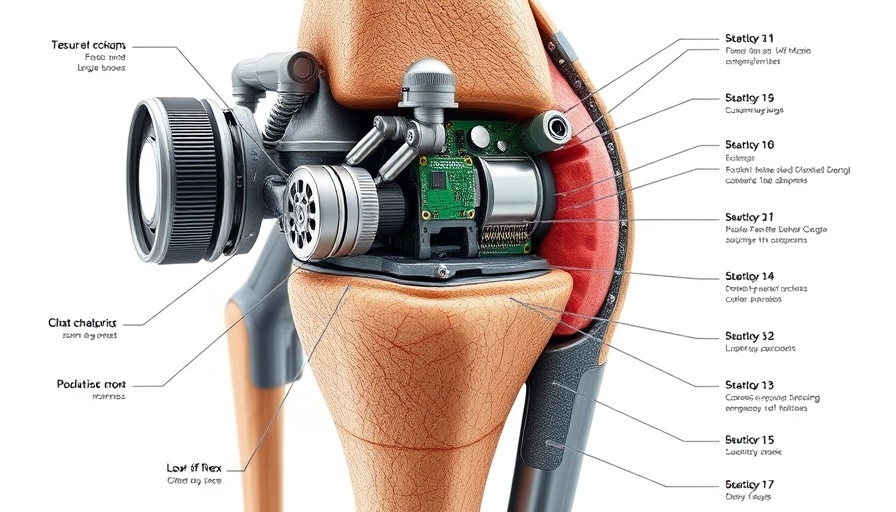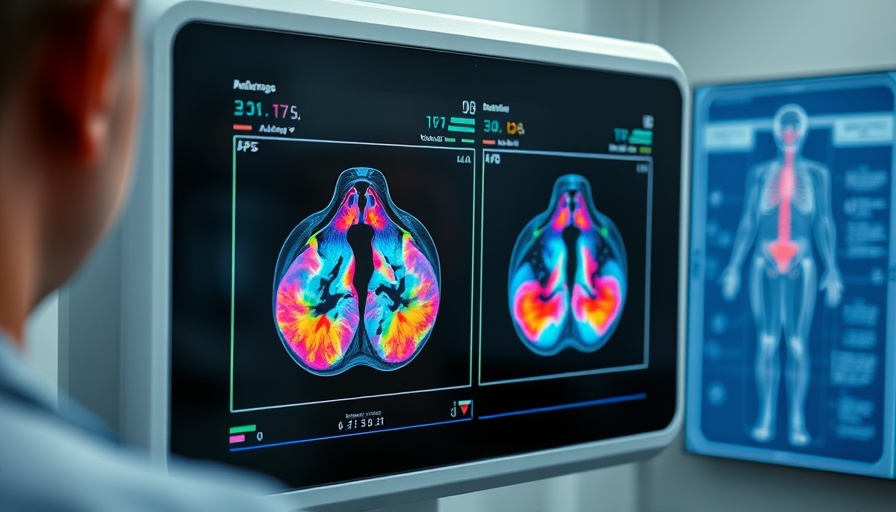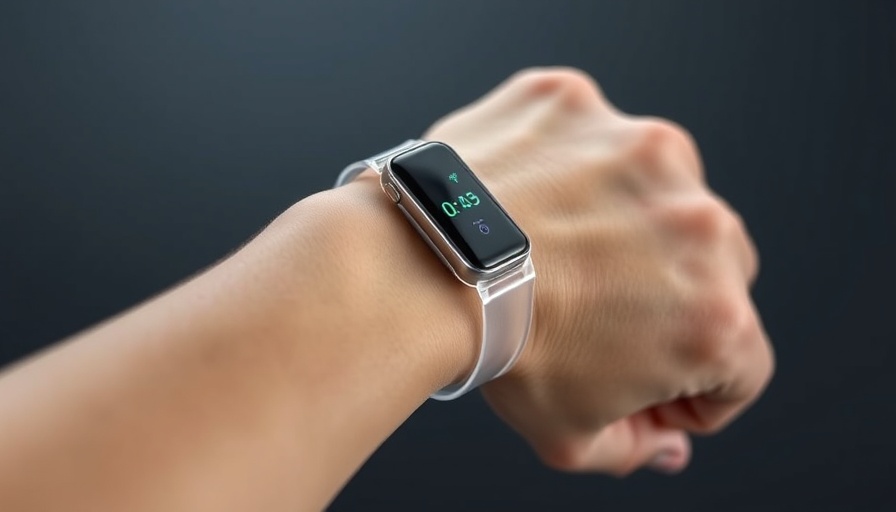
Revolutionizing Mobility: The Tissue-Integrated Bionic Knee
In a breakthrough that could transform the lives of individuals with above-the-knee amputations, researchers at MIT have unveiled a tissue-integrated bionic knee. Unlike traditional prosthetics that fit into a socket, this innovative device is directly integrated with the user's muscle and bone tissue. This integration not only enhances stability but also significantly improves control and responsiveness, enabling users to walk faster, climb stairs, and navigate obstacles more effectively than ever before.
Understanding the Technology Behind the Innovation
The magic of this new bionic knee lies in its unique design and functionality. In the past, the experience of wearing a prosthetic limb has often been a frustrating one. Traditional prostheses can feel disconnected from the user's body, limiting movement and control. However, with the tissue-integrated design, the bionic knee connects neurologically with the user’s residual limb, becoming more like a natural part of the body. Lead author Tony Shu, Ph.D., highlights the importance of this technology, stating, "Our device allows users to maintain a deep connection with their limb, significantly impacting their quality of life."
A Study in Action: Real-World Impacts
The promising potential of the tissue-integrated bionic knee was tested in a recent clinical study. Participants who received this advanced prosthetic reported feeling more embedded in their own body, a stark difference compared to those using traditional prosthetics. Many expressed how this enhanced embodiment influenced their overall confidence and mobility. The findings point toward a future where individuals with above-the-knee amputations can reclaim their independence more effectively.
The Science of Control: Healing the Body's Relay System
A central improvement of this technology is the seamless communication between the prosthesis and the nervous system. The newly developed agonist-antagonist myoneuronal interface (AMI) allows for a direct connection where muscle pairs still communicate within the residual limb, enhancing real-time feedback to the brain. This feature is crucial since traditional amputations disrupt the agonist-antagonist muscle relationship, making operation of the prosthetic challenging. By reconnecting these muscle pairs, users regain a greater sense of proprioception, or awareness of body position, which is vital for natural movement.
Wider Implications: How This Affects Healthcare Practitioners
For concierge health practitioners keen to stay ahead of medical advancements, understanding the implications of the tissue-integrated bionic knee is essential. Not only does this technology improve the life quality for patients with amputations, but it also represents a broader trend in personalized medicine where devices can closely mimic and integrate with human physiology. Practitioners should consider how such innovations can impact patient care, rehabilitation methods, and the adoption of new methodologies in physical therapy.
The Future of Prosthetics: Predictions and Trends
The research conducted at MIT heralds a new era for prosthetic technology. As advancements continue, we may see growth not only in bionic limbs but also in their integration with nerve-regenerative techniques, potentially decreasing the emotional and physical distance amputees feel from their prosthetic devices. Moreover, the success observed in this study could pave the way for similar approaches in other types of prosthetics, broadening the options available for patients.
Final Thoughts and Next Steps for Practitioners
As the healthcare landscape rapidly evolves, it is imperative for practitioners to stay informed of these developments. For those caring for limb loss patients, understanding the mechanics and potential integration techniques of new prosthetics can significantly change a patient’s rehabilitation journey. Encouraging conversations about such innovations with patients, engaging with their inquiries, and facilitating educational resources is imperative.
Adopting these new technologies will enable health practitioners to provide enhanced care and outcome improvements for their patients. Embrace the future of mobility—stay informed, and consider how such advancements can assist in your practice.
 Add Row
Add Row  Add
Add 






Write A Comment